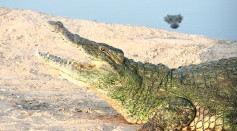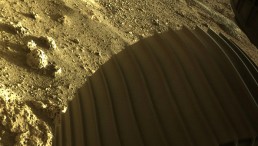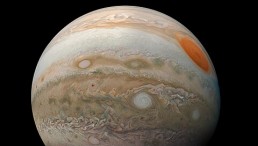dinosaurs
Meet Velociraptor’s ‘Nosey’ Cousin
Embryological Manipulation Reveals Chicks Can Have Prehistoric Looks

Can Dinosaur Skulls Tell Us Just What They Ate and How?
More than Meets the Eye—T Rex Relative Was Herbivore Instead
Scientists Digging Deep Into Dinosaur Killing Crater
Getting to the Core of Extinction—Researchers Return to Crater That Caused Millions of Dinosaurs to Die
The Miracle of Birth of the Ancient Mosasaurs
With a Bit of Luck and Inspiration, One 4-Year-Old Boy Found a Dinosaur in Texas
Giving a Voice to Long-Lost—New ‘Terror Bird’ Species Reveals a Knack for Being on the Hunt
Is the Brontosaurus Back After Nearly a Century?
Bringing Extinct Animals Back to Life No Longer Just Part of the Movies
Ancient Croc Ruled North America Before Dinosaurs
Scientists Have Finally Determined the Weight of Famed Stegosaurus

Reptile Preceding Dinosaurs Discovered
Most Popular

Project Hephaistos: Scientists Claim To Have Detected Technosignatures From Dyson Spheres of Alien Civilization

Mauna Loa Observatory Reveals CO2 Accumulating in the Atmosphere Faster Than Ever; What Caused the Unexpected Pace of Global Warming?

Space Weather Alert: NOAA Warns of a Solar Radiation Storm With 60% Chance of Hitting the Earth This Week

Motherhood Changes You: Here's How Being a Mom Affects Your Body, Biology





